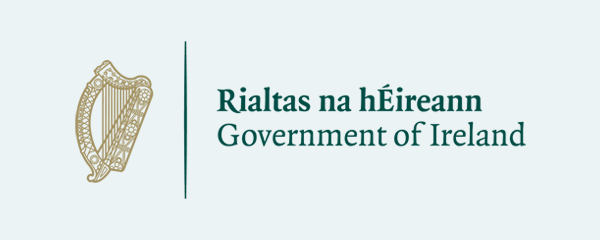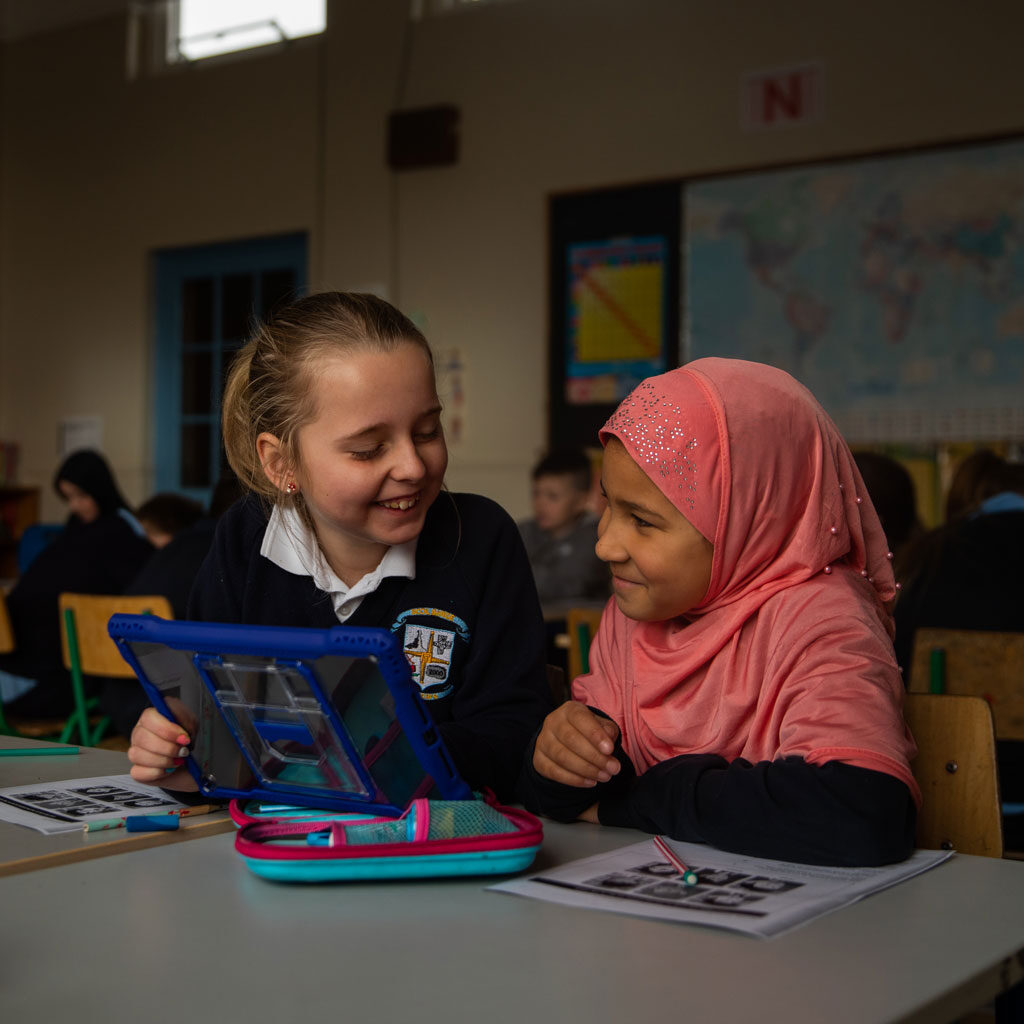
Ethnicity Based Bullying – Roma and Traveller
Project Partners/Funders
Fund Award Amount
Project News
Project Overview
Roma people are among the most disadvantaged societies in the EU. They have been experiencing poverty, racism, discrimination, harassment, and bullying at all levels. Experiencing these barriers can act as serious deterrents to Roma parents sending their children to school. A prevention program (facilitating the inclusion of Roma children in schools) to combat these barriers is key to unlocking this vicious cycle. However, this is hampered by the continued absence of data on Roma, especially in regards to bullying. Without proper scientific research on the experiences of Roma children and school attitudes towards them no effective inclusion strategies can be developed.
The National Traveller and Roma Inclusion Strategy (Department of Justice and Equality, 2017) is a cross-departmental initiative to improve the lives of two of the most socially excluded and marginalised communities in Ireland. One of the key objectives of the Strategy is that access, participation and outcomes for Travellers and Roma in education should be improved to achieve outcomes that are equal to those for the majority population.
Project Partners/Funders: Government of Ireland, Rights, Equality and Citizenship Programme (REC)
Project Goals
In recent years, the centre has carried out two different research projects regarding bullying the experiences of Roma and Traveller children in Ireland.
Primary objectives were to identify the prevalence and impact of bullying, to determine whether or not gender differences influence bullying, (3) to describe experiences of and attitudes towards Roma and Traveller children among school and educational staff, and to assess inclusiveness methods that schools employ.
As outputs of these projects, a suite of resources were developed, which can be found below.
Bullying experiences of Roma children in Schoolin Ireland and Cyprus Infographic
Empowering Roma Children: Policy Advisory
Cross National Report On the Findings of The BReAThE Project
